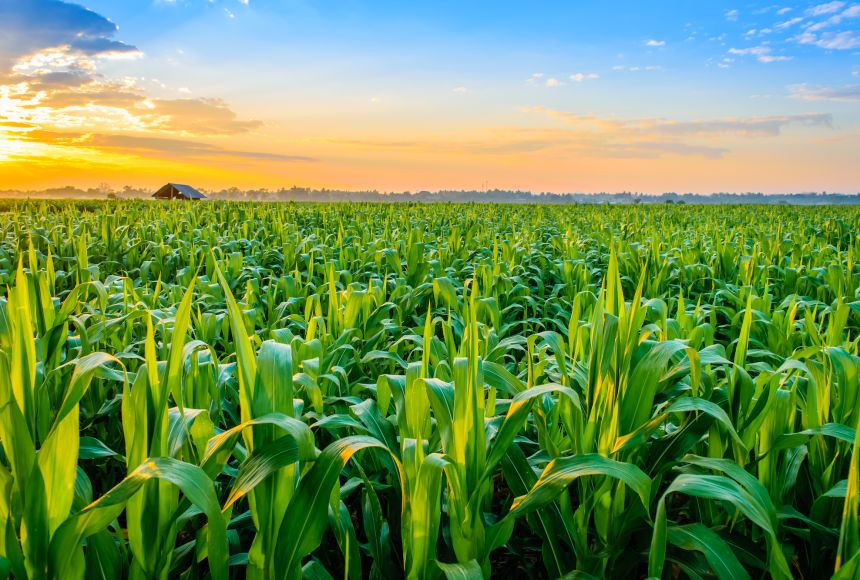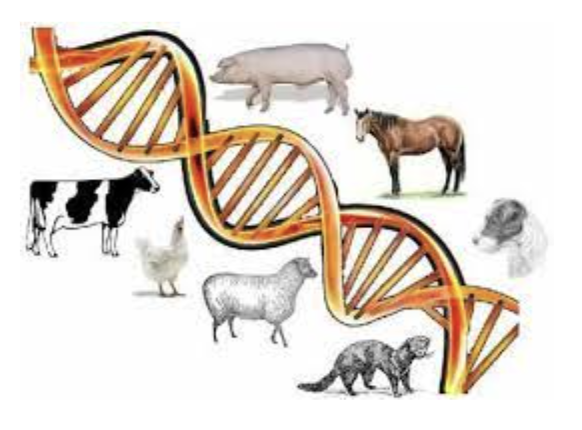
Milk Industry
Milk is a product rich in nutrients and is a daily used food product by humans. The milk supply chain starts from the milking of cows to consumption by the end consumer. Millions of farmers around the world take care of about 270 million dairy cows to produce milk. Australia is a small dairy producer, but it is the third largest exporter of dairy products in the world as 50% of production is exported. There are many different products made from milk. Some common examples are drinking milk, cheese, butter, yogurt, etc. Each product includes different processing steps.
Milk production takes place all over the world. The global demand for dairy products continues to grow due to increasing population, urbanisation, rising incomes and westernization of the diet in countries such as India and China. The global dairy market is expected to grow to $1,190.39 billion in 2028 at a CAGR of 6.39%. The per capita milk consumption in Australia in 2021 was 96.25 kg.
Challenges of Milk Industry:
The current challenges faced by most of the milk industries are as follow:
- Health management of cows: The dairy industry starts with the cow. Therefore, the feeds given to cows plays an important role in the quality of milk. Farmers are not interested in feeding their cows well because of the low price of milk.
- Transparency in the supply chain: There is a lack of transparency in the milk supply chain. The farmers are not paid properly by the upstream entities. Farmers have no awareness or knowledge about the new technologies and hence can be cheated easily.
- Temperature maintenance: Milk is a perishable product which has to be maintained at a temperature of 4oC or below throughout the supply chain (excluding pasteurisation time). It is unlikely that the supply chain entities maintain this temperature. This will lead to poor milk quality and the end customer will not be aware of it.
Solution:
The farmer can enter the health status of the cow frequently. The information on cow’s heartbeat, temperature, humidity, load and rumination and the feeds provided can be entered in the blockchain by the farmer with the help of A2B app so that even the end consumer will be aware of the cow’s health status.
All the supply chain data like time of collecting the milk, number of entities involved, etc. can be entered in the blockchain by the supply chain entities with the help of A2B app. As A2B app doesn’t involve any coding or prior knowledge of blockchain, even an entity with less education can enter their data in blockchain with the help of given templates. This will improve the transparency in the supply chain and as a result, all the entities including the farmer will get their desired profit.
The entities can enter the temperature data frequently with the help of A2B pre-defined templates so that the customer can track whether the temperature is maintained throughout the supply chain. This will improve the trust among the customers.
Benefits
- Entering data into blockchain through the A2B app can remove the involvement of middlemen, thereby reducing the cost of intermediaries.
- A2B guarantees safe and secured data that are tamperproof.
- The data in A2B app will be immutable i.e., once entered, it cannot be modified or deleted without the knowledge of other stakeholders.
- Decentralisation
Opportunities
- Increased trust among the customers.
- Customers will be ready to pay additional price for safe and high quality products which results in increase in revenue.
- Recalls can be tracked easily.
Conclusion:
With the help of A2B app, all the entities will be able to get their desired profit as all the data are transparent. The supply chain entities can ensure that the temperature of the milk is well maintained throughout the supply chain. Importing data into the blockchain via A2B can eliminate the middleman, which can reduce the cost of the middleman and the time required. In addition, consumer confidence in dairy products will improve and consumers will be willing to pay extra prices that further improve the business’s revenue.





